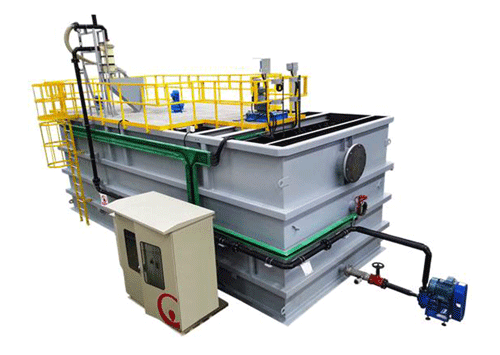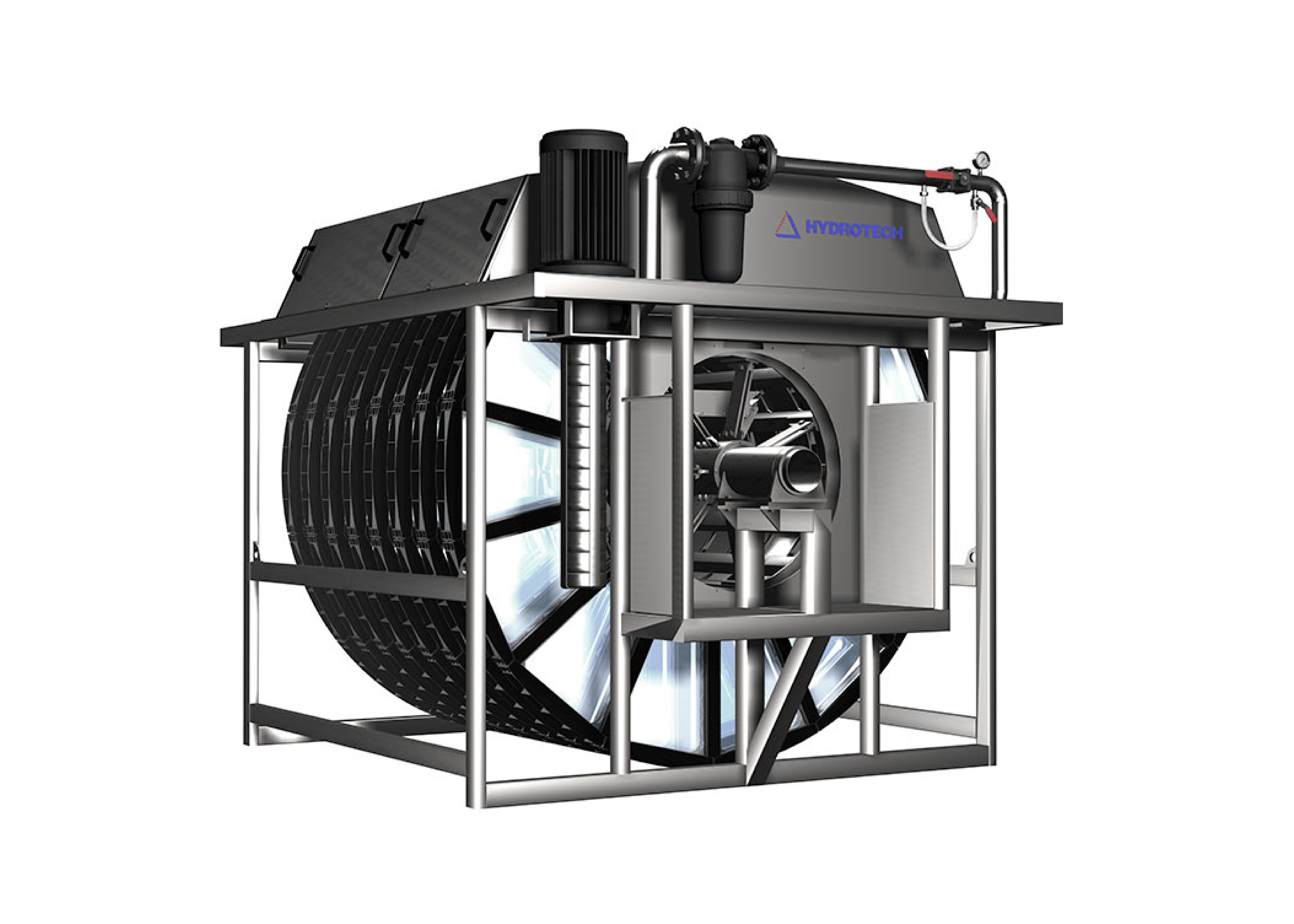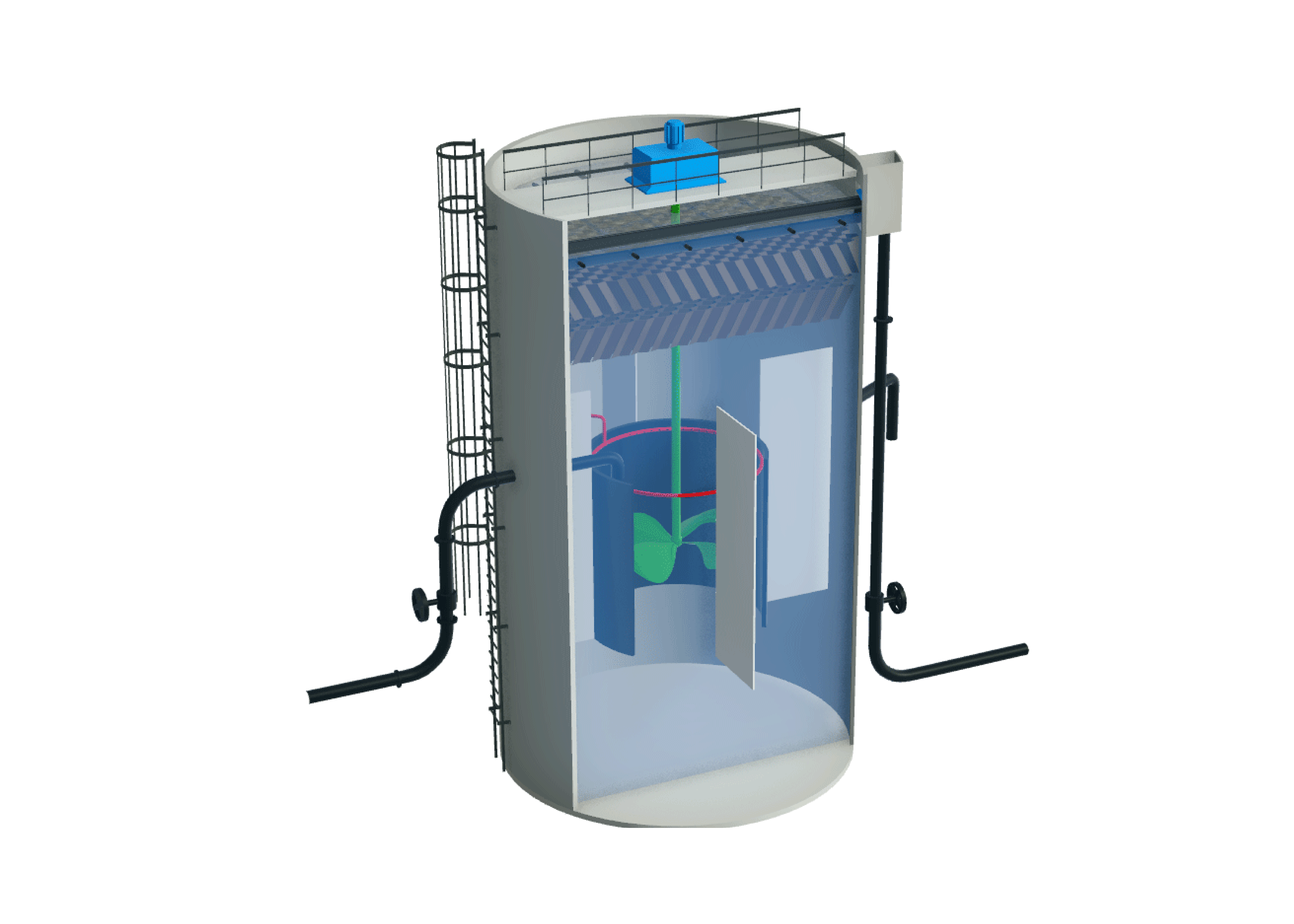Phosphorus Removal
Achieving your Phosphorus removal targets

Tighter Phosphorus Removal Government Contents in AMP7 are part of a strategy driven by the Water Industry National Environment Programme (WINEP) and the Water Framework Directive to face current environmental challenges.
Water companies need to meet these tight Phosphorus removal requirements without stretching customers' budgets.
What is Phosphorus?
Phosphorus is a nutrient that is essential to the development of every living being. We rely on it as one of the key ingredients in agricultural fertilisers and animal feed. However, phosphorus levels in the environment must be carefully monitored and controlled. If excess quantities of Phosphorus enter streams, rivers and lakes it can cause the water to become too nutrient rich - an effect known as eutrophication. Phosphorus can enter watercourses from a variety of sources including fertilisers being washed into rivers and leaching into soil as well as discharges from sewage treatment.
This can trigger algae blooms that deplete the oxygen in the water and block sunlight from reaching aquatic plant life. This further lowers the levels of oxygen in the water and can result in fish dying and a reduction in bio-diversity.
How to remove Phosphorus from wastewater?
There are several approaches to removing Phosphorus from wastewater. This includes catchment management where water companies work with local stakeholders such as farmers to limit the amount of runoff from fertilisers.
In terms of wastewater treatment there are two main Phosphorus removal techniques – biological and chemical. These can be combined with catchment management initiatives to meet the required phosphorus consent levels.
BIOLOGICAL: This approach grows microorganisms in the water, which can absorb and store phosphorus as polyphosphate. The Phosphorus is incorporated into the biomass which is then separated from the treated water at the end of the process.
CHEMICAL: This treatment uses a metal salt, most commonly iron, to precipitate ortho-phosphate. The precipitate forms as a solid and is removed in a solids removal process; either a settlement tank or a tertiary solid capture process such as a disc or sand filter.
Find the right technology for your business using our online
Phosphorus Removal Calculator >>
The Solution
At Veolia Water Technologies, we offer systems to fit every application, whether it be large or small sites, tight or flexible consents. We design our systems to be easily upgradeable, meaning you can keep up-to-date with future requirements with ease. As a result, water companies are able to not only comply with current standards, but to proactively prepare for future regulations. Our Actiflo, DiscFilter and Struvia solutions can help water companies meet tight phosphorus removal consents in a commercially efficient manner.
Actiflo
Actiflo is the ideal solution for larger sites, especially those that have low phosphorus consents to achieve. Well established as a phosphorus removal technology, it has been utilised on a wide range of different projects to meet the required standards. Not only does the water clarification process offer a high flow rate with a small footprint it can also deal effectively with variability. Learn more here.
Hydrotech discFilter
The Hydrotech DiscFilter is a well-established technology, that has been widely installed on projects across the UK. This flexible, modular solution can suit a range of applications. As well as being easy to operate, the solution has a low TOTEX (total expenditure – CAPEX + OPEX). Learn more here.
Struvia
Struvia technology facilitates the recovery, valorisation and reuse of phosphorus in wastewater and concentrated industrial water. Struvia helps turn the cost of sludge disposal into a source of income through the sale of struvite for reuse in fertiliser production. For sites with commercially viable volumes this can significantly improve the return on investment. Learn more here.


